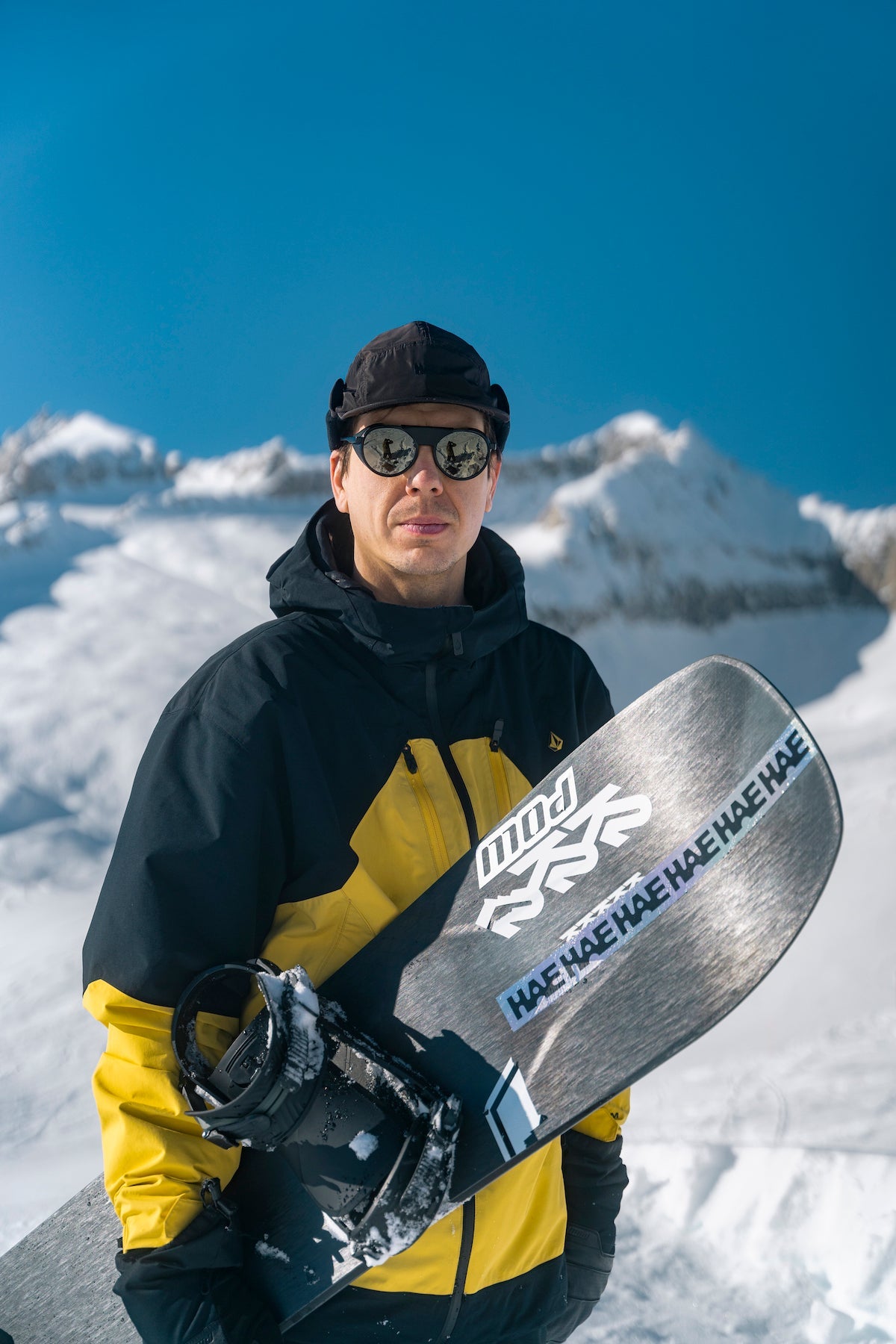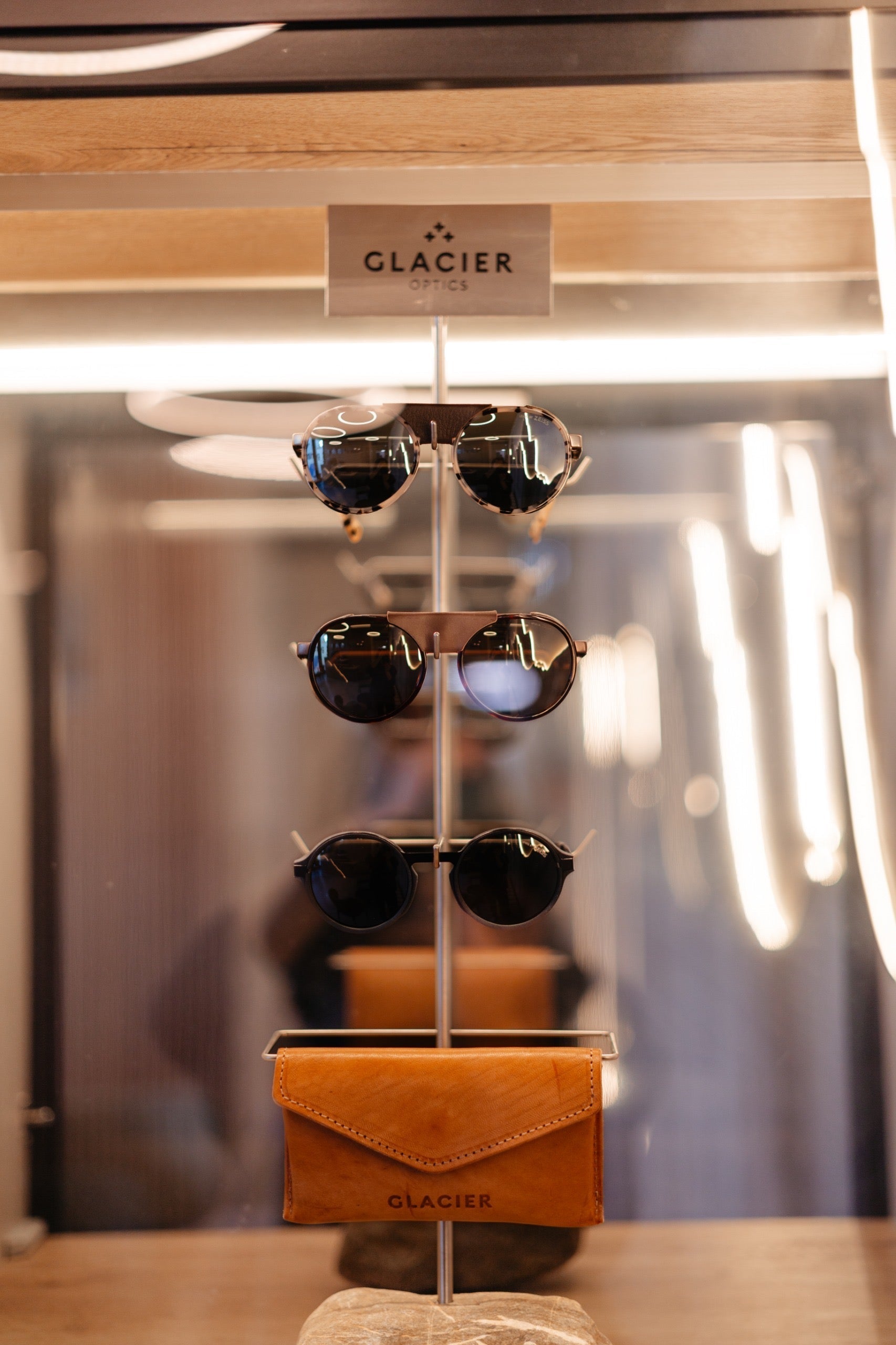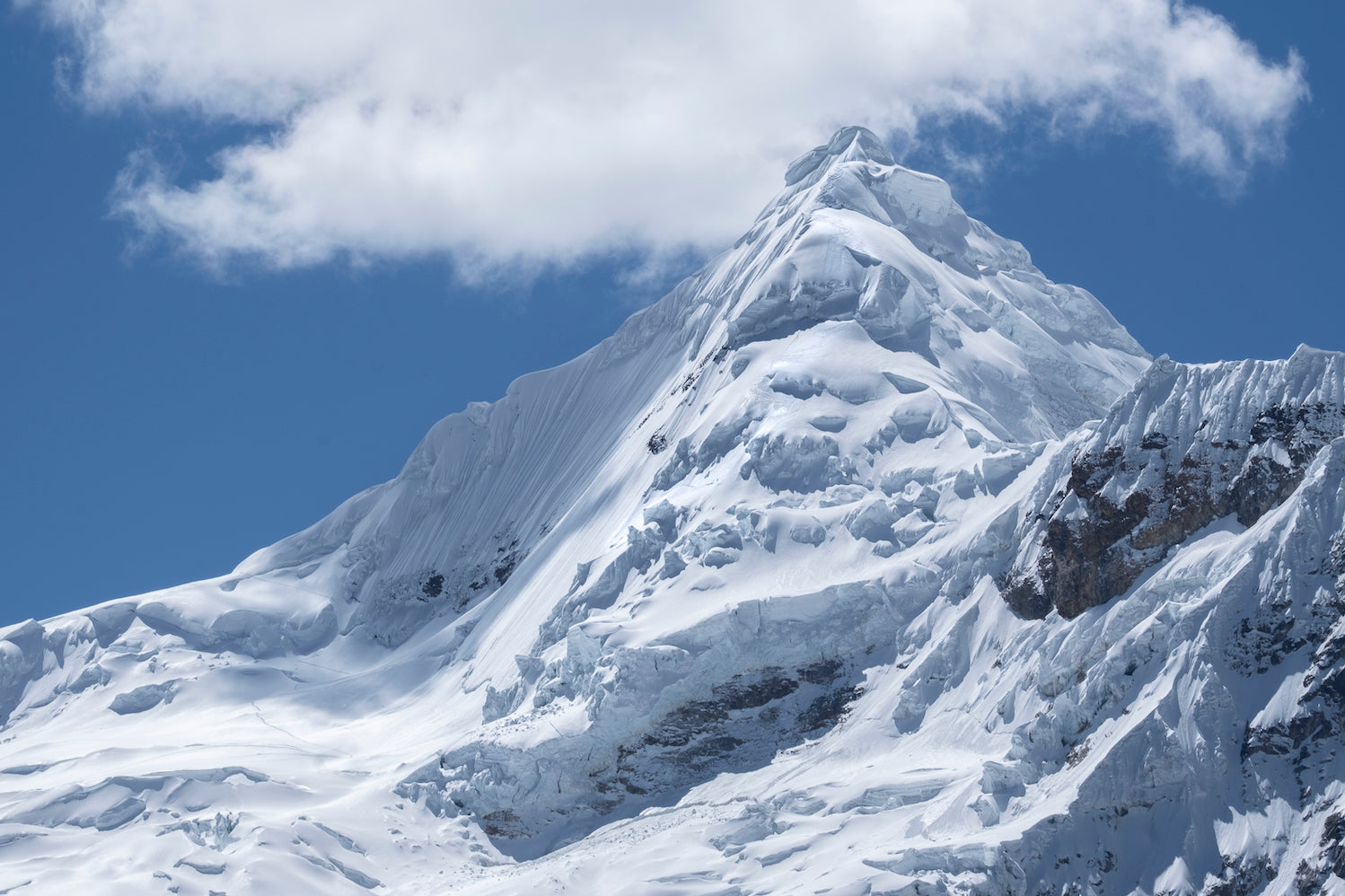What Makes a Great Lens? A Deep Dive into Sunglass Technology

You can’t see a great lens — at least, not in the way you might notice a frame’s color or design. But once you’ve looked through one, you don’t forget it.
There’s a strange clarity — like your eyes suddenly feel more awake. Colors pop. Edges sharpen. The sun doesn’t vanish, but it behaves. And everything just… works. If you’ve ever experienced this, you already understand: the lens is where it all happens. It’s the same kind of leap as switching from a cheap pair of binoculars to high-end Swarovskis or binoculars with Zeiss lenses — once you’ve seen the difference, there’s no going back.
At Glacier, lenses aren’t an afterthought. They’re the centerpiece.
What Is a Lens, Really?
In its simplest form, a lens is a filter. It bends light, darkens glare, and (if it’s doing its job) protects your eyes from ultraviolet radiation. But that barely scratches the surface.
A proper performance lens is a precision instrument. It’s made not just to block light, but to manage it. To tune it. To let in just the right wavelengths for contrast, clarity, and comfort — depending on where you are and what you’re doing.
Ours are made by ZEISS®, and we chose them for a reason: they obsess over optics as much as we do over frame design.

Polarized vs. Non-Polarized: What’s the Difference?
Let’s get one thing straight — polarization isn’t “better,” it’s specific.
Polarized lenses are designed to reduce horizontal glare — think of reflections bouncing off water, car hoods, or snow. They use a special filter that blocks this scattered light, which makes them ideal for fishing, sailing, or driving into a low sun.
But here’s the catch: polarization can sometimes interfere with reading digital screens (like phones or GPS devices), and it’s not always helpful in fast-moving sports where depth perception matters more than reducing reflections.
We offer both options — because one isn’t universally right. It depends on your environment and your needs.
Light Transmission: The Secret Science of Seeing
Have you ever seen “Category 3” or “Cat. 4” on a sunglass tag and wondered what it meant?
That’s the lens category — a standardized scale of visible light transmission (VLT). Here’s a quick breakdown:
- Category 0: 80–100% VLT (clear lenses, for night use)
- Category 1: 43–80% VLT (low light, overcast conditions)
- Category 2: 18–43% VLT (general use, moderate sun)
- Category 3: 8–18% VLT (strong sun — most common)
- Category 4: 3–8% VLT (extreme glare — mountaineering, glaciers)
Read more: Why Shields Matter
Most of our lenses fall into Category 3 — the sweet spot for everyday sun. But for high-altitude routes, snowfields, or desert expeditions, our Category 4 lenses provide maximum protection without compromising detail.
Fun fact: Category 4 lenses are too dark to legally drive with in many countries. That’s how serious they are.

Color Isn’t Just Aesthetic
Lens color does more than make a fashion statement — it directly affects how you perceive depth, contrast, and brightness.
- Gray lenses are neutral: they darken without distorting color. Ideal for bright, stable conditions.
- Brown/amber lenses enhance contrast and depth — perfect for trails, climbing, or variable terrain.
- Mirrored coatings, often used on category 4 lenses, reduce glare and add a protective layer of UV reflection.
At Glacier, we match lens colors not only to the intended use of each model, but also to the frame’s color and character.
For versatile, all-terrain sunglasses, we often choose graphite category 3 lenses — neutral, comfortable, and adaptable.
For more specific activities like trail running or climbing, we opt for brown or amber tints, because they enhance contrast and make terrain details easier to read.
And when protection from intense sunlight and reflection is key, we go with mirrored category 4 lenses — for both performance and maximum UV defense.
Clarity You Can Feel
Optical quality isn’t just about what the lens is made of — it’s about how it’s cut, coated, and finished.
Every lens we use is tested for:
- Distortion: Even a small curve error can warp perception
- Anti-reflective coating: Reduces light bounce from the inner surface
- Scratch resistance: Because real life happens
- Hydrophobic surface: Sweat, snow, or mist — it beads and rolls off
You might not notice these features at first, but over time, they truly make all the difference. It's the difference between removing your glasses halfway through a hike because your head hurts — or forgetting you’re wearing them at all.
Lenses for Every Mission
Whether you’re scrambling up a ridge or navigating your commute on a bright morning, the right lens changes everything. It’s not just about protection — it’s about performance.
That’s why we don’t cut corners. Every lens that goes into a Glacier frame meets the same standards we’d demand for an alpine ascent. Because even if you’re not scaling a peak, your vision deserves the same respect.




Commentaires